Foliage plants, celebrated for their lush leaves and minimal reliance on flowers, have become cornerstones of modern interior and exterior design. These plants thrive in diverse environments, from sunlit living rooms to shady office corners, offering aesthetic appeal and practical benefits like air purification. This article delves into the most common foliage plants, their unique characteristics, care requirements, and the reasons behind their enduring popularity. Whether you’re a seasoned gardener or a novice plant parent, this guide will equip you with the knowledge to cultivate vibrant, healthy greenery.
Snake Plant (Sansevieria trifasciata)
The snake plant, often called “mother-in-law’s tongue,” is renowned for its striking upright leaves marked with yellow or white edges. Native to West Africa, this resilient species adapts to low light and irregular watering, making it ideal for beginners. Its succulent-like leaves store water, allowing it to tolerate drought. Place it in indirect sunlight and water sparingly—every 2–4 weeks—to prevent root rot. NASA studies have highlighted its air-purifying abilities, particularly in removing toxins like formaldehyde.
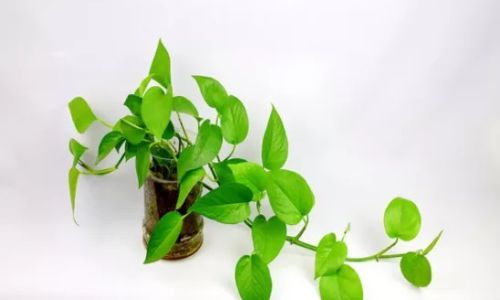
Pothos (Epipremnum aureum)
Pothos, or “devil’s ivy,” is a trailing vine with heart-shaped leaves that come in variegated shades of green and gold. This fast-growing plant thrives in hanging baskets or on shelves, where its vines can cascade elegantly. It tolerates low light but flourishes in bright, indirect conditions. Water when the soil dries out, typically every 1–2 weeks. Pothos is also one of the easiest plants to propagate; simply place a cutting in water until roots form.
Spider Plant (Chlorophytum comosum)
Spider plants feature arching green-and-white-striped leaves and produce “babies” on long stems, which can be repotted to grow new plants. Native to Africa, they prefer moderate light and well-draining soil. Water when the top inch of soil feels dry. These plants are pet-friendly and excel at removing pollutants like xylene and toluene from the air.
Philodendron (Philodendron spp.)
Philodendrons encompass over 400 species, with varieties like the heartleaf philodendron (P. hederaceum) and the tree philodendron (P. bipinnatifidum) being most common. Their glossy, often lobed leaves adapt to various light conditions, from low to bright indirect light. Water when the soil surface is dry, and avoid overwatering to prevent yellowing leaves. Many philodendrons are natural climbers, so provide a moss pole or trellis for support.
Peace Lily (Spathiphyllum wallisii)
The peace lily boasts dark green leaves and iconic white spathes that resemble flags. Though not true lilies, they bloom periodically in moderate light. Keep the soil consistently moist but not soggy, and mist the leaves to increase humidity. Peace lilies are sensitive to chlorine; use filtered water if possible. They’re excellent at removing airborne mold spores and are known to flower more consistently when slightly root-bound.
Chinese Evergreen (Aglaonema spp.)
Chinese evergreens offer a spectrum of leaf patterns, from solid green to silver-splashed varieties. Native to Asian tropics, they tolerate low light and neglect, making them perfect for dim offices. Water when the top half-inch of soil is dry, and use a well-draining mix. Be cautious with pets, as the leaves can cause mild irritation if ingested.
Rubber Plant (Ficus elastica)
With its thick, glossy leaves in shades of burgundy, green, or variegated hues, the rubber plant adds a bold touch to any space. Native to Southeast Asia, it prefers bright, indirect light and moderate watering. Allow the soil to dry slightly between waterings to prevent leaf drop. Dust the leaves regularly to maintain their luster and photosynthetic efficiency.
Fiddle Leaf Fig (Ficus lyrata)
The fiddle leaf fig’s large, violin-shaped leaves have made it a design icon. Native to West Africa, it requires bright, indirect light and consistent watering. Overwatering can lead to root rot, so water when the top 2 inches of soil are dry. Rotate the plant weekly to ensure even growth, as it tends to lean toward light sources.
Cast Iron Plant (Aspidistra elatior)
True to its name, the cast iron plant withstands neglect, low light, and temperature fluctuations. Its deep green, lance-shaped leaves grow slowly but steadily. Water sparingly—every 3–4 weeks—and avoid direct sunlight, which can scorch its foliage. This plant thrives in understated corners where other species struggle.
Prayer Plant (Maranta leuconeura)
Prayer plants earn their name from their habit of folding their leaves upward at night, resembling hands in prayer. Their oval leaves display intricate patterns in shades of green, red, and cream. They prefer high humidity and indirect light. Keep the soil evenly moist and mist frequently to prevent leaf crisping.
English Ivy (Hedera helix)
English ivy is a versatile climber with small, pointed leaves that trail or climb. It thrives in bright, indirect light but can tolerate lower light levels. Water when the soil feels dry, and avoid overwatering to prevent root rot. This plant is excellent for topiaries or hanging baskets but can be invasive outdoors in some regions.
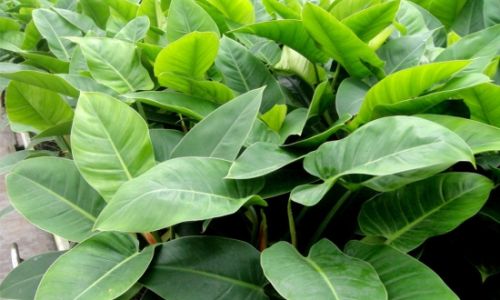
Peperomia (Peperomia spp.)
Peperomias include over 1,000 species, many with compact growth habits and thick, fleshy leaves. Varieties like the watermelon peperomia (P. argyreia) and baby rubber plant (P. obtusifolia) are popular for their low maintenance. They prefer moderate light and soil that dries between waterings. Most are non-toxic to pets, making them family-friendly.
Calathea (Calathea spp.)
Calatheas, or “prayer plants,” are prized for their vibrant, patterned leaves that move with the light. Species like the zebra plant (C. zebrina) and rattlesnake plant (C. lancifolia) require high humidity and indirect light. Water with distilled or rainwater to avoid leaf browning from minerals. Maintain consistent moisture without waterlogging the soil.
Dracaena (Dracaena spp.)
Dracaenas, including the corn plant (D. fragrans) and marginata, feature sword-like leaves on slender trunks. They tolerate low light and irregular watering but thrive in moderate conditions. Water when the top inch of soil is dry, and avoid cold drafts. Some varieties, like the dragon tree (D. marginata), add a tropical flair with their purple-edged leaves.
ZZ Plant (Zamioculcas zamiifolia)
The ZZ plant’s waxy, oval leaves grow on thick stems, giving it a sculptural appearance. Native to Eastern Africa, it survives in low light and infrequent watering. Water every 3–4 weeks, allowing the soil to dry completely. Its rhizomes store water, making it drought-tolerant. However, its sap can irritate skin, so handle with gloves.
Swiss Cheese Plant (Monstera deliciosa)
Monsteras are iconic for their fenestrated leaves, which develop splits as the plant matures. Native to Central American rainforests, they prefer bright, indirect light and well-draining soil. Water when the top 2 inches of soil are dry, and provide a moss pole for climbing. Their aerial roots can be trained or trimmed for aesthetics.
Bird’s Nest Fern (Asplenium nidus)
Bird’s nest ferns feature crinkled, apple-green fronds that radiate from a central rosette. They thrive in high humidity and indirect light, making them ideal for bathrooms or kitchens. Water when the soil surface is dry, and avoid getting water on the crown, which can cause rot. Their unique texture adds a tropical touch to any space.
Parlor Palm (Chamaedorea elegans)
The parlor palm is a petite, slow-growing palm with delicate, arching fronds. Native to Mexico and Guatemala, it tolerates low light and moderate watering. Water when the top inch of soil is dry, and mist occasionally to boost humidity. It’s non-toxic to pets and adds a touch of the tropics to indoor spaces.
General Care Tips for Foliage Plants
- Light: Most foliage plants prefer bright, indirect light. Direct sun can scorch leaves, while too little light may stunt growth.
- Watering: Overwatering is a common issue. Always check soil moisture with your finger before watering.
- Soil: Use well-draining potting mixes, often enriched with peat moss or perlite.
- Humidity: Many tropical plants benefit from misting or a humidifier, especially in dry climates.
- Fertilizing: Feed monthly during growing seasons (spring/summer) with a balanced liquid fertilizer.
- Pruning: Remove yellow or damaged leaves to encourage new growth and prevent disease.
Conclusion
Foliage plants offer a gateway to nature within urban environments, blending beauty with resilience. From the low-maintenance snake plant to the dramatic fiddle leaf fig, each species brings unique texture and character to spaces. By understanding their needs—light, water, and care—you can create thriving green sanctuaries that enhance well-being and air quality. Whether you’re nurturing a single pothos or a jungle of philodendrons, the joy of watching these plants flourish is unmatched. Start small, experiment with varieties, and let your indoor garden grow.

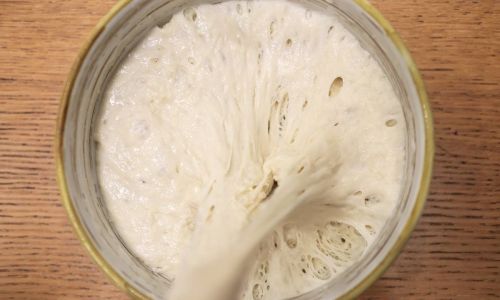
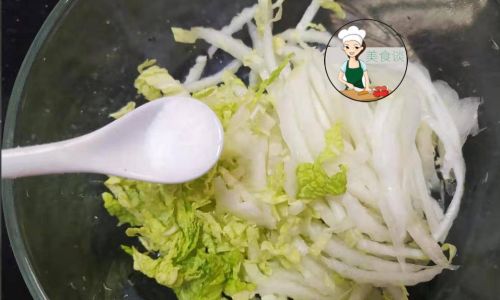
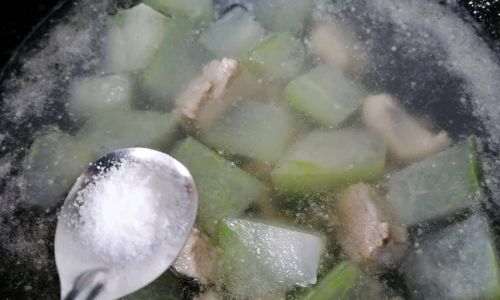
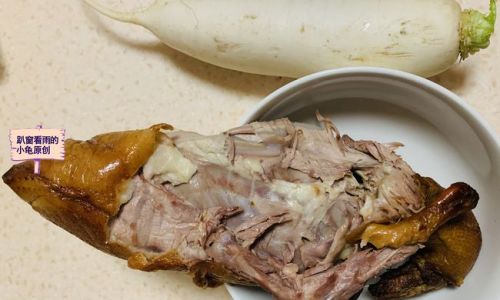

0 comments